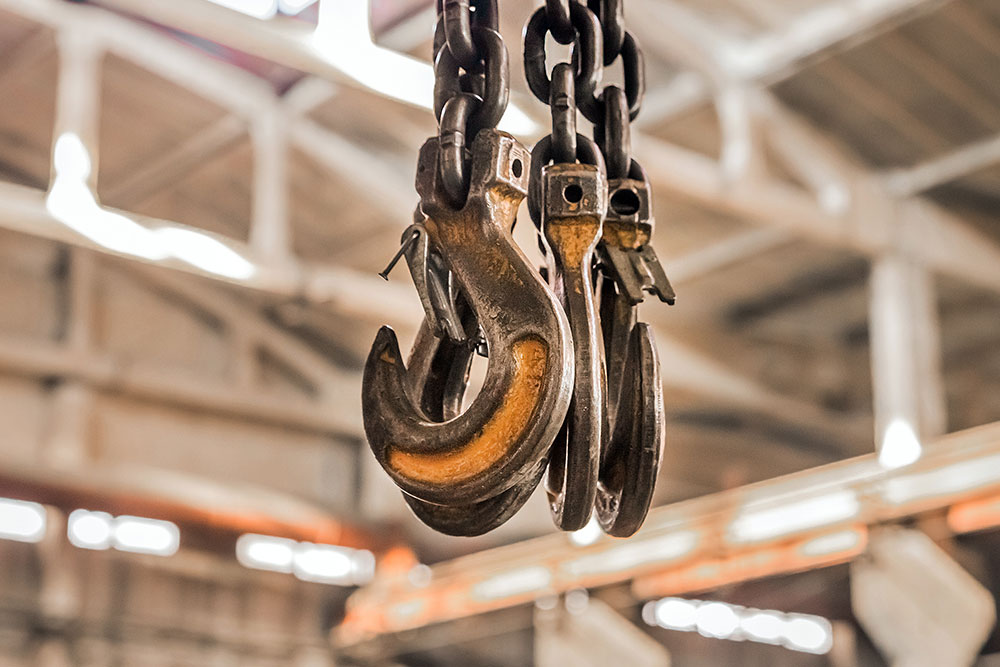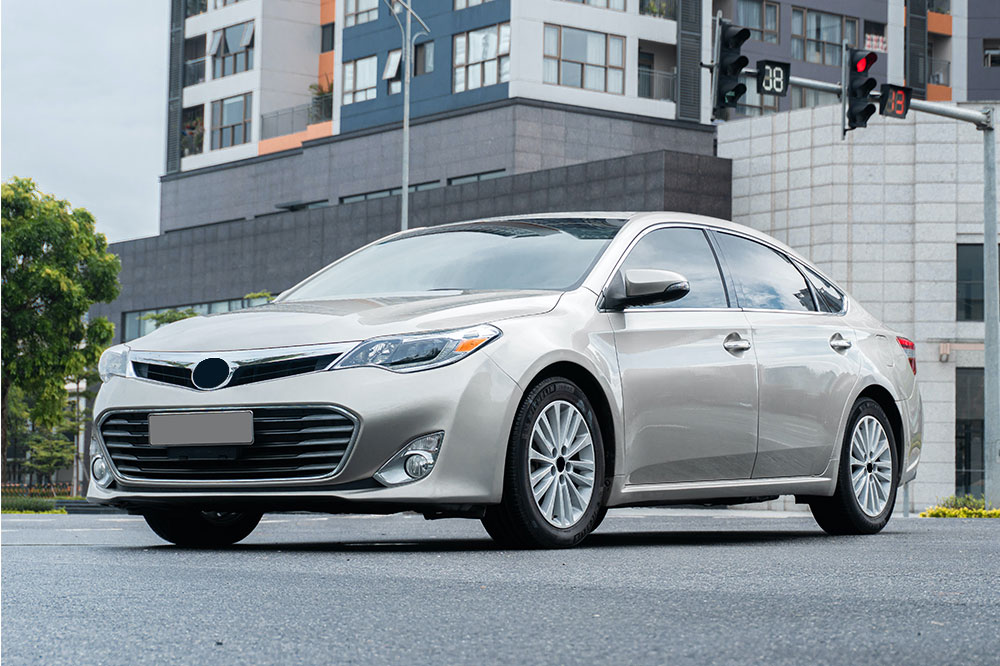Warehouse Cranes – Types and Factors Influencing the Cost
Warehouse cranes are one of the essential pieces of equipment useful in different industries and settings. These are required to lift heavy items like boxed or palletized products to storage levels that are at elevated heights. Moreover, cranes are required in facilities with high-bay racking to make sure loading and unloading are done efficiently. In day-to-day warehouse operations, cranes are necessary for a smooth and seamless movement of goods and cargo all across the facility.

About warehouse cranes
A crane is designed to have a lifting mechanism that helps in transportation as well as hauling heavy goods and cargo within any facility, like a warehouse. There are different types of cranes, each having its own purpose and use. Besides, the features of warehouse cranes also differ based on their mechanism. For example, some use ropes or chains or hoists to elevate the goods from the ground vertically . On the other hand, some cranes can be customized according to the requirements of a specific warehouse. For most cranes, the maximum weight capacities are between 115 kilograms and around 6800 kilograms. This maximum capacity generally depends on the design and overall size of the crane used for a particular purpose. In general, a warehouse requires one or more cranes to ensure smooth daily operations as well as to limit injuries among employees.
Types of warehouse cranes
Most warehouses use six common types of cranes, with different features and capabilities required for most warehouse operations. Depending on the requirements of a warehouse, any of these cranes can be useful for everyday operations.
- Gantry crane
These types of cranes, also known as portal cranes, are designed with a base at the bottom, which are usually free-standing and moveable. Although gantry cranes are available in several sizes and shapes, the scope of these type of equipment is limited, and their size is generally smaller than other types of warehouse cranes. This is why mechanics and hobbyists generally use these cranes. Warehouses use the larger variants to hold or move slightly heavier items. Also, the price of gantry cranes increases as the size increases.
Some of the common types of gantry cranes include adjustable gantries, portable gantries, and track-mounted gantries. Adjustable gantries are generally used in warehouses where goods and cargo have to be moved along aisles, around obstacles, through doorways, and under or over obstructions. Even fabrication and welding shops use these canes for lifting equipment and parts. Portable gantries are used to relocate heavy machinery and equipment to a warehouse, whereas track-mounted gantry cranes are utilized for lifting and moving heavy loads. - Jib cranes
The cranes commonly found on construction sites are known as jib cranes. These cranes are stationary, which means they remain fixed in one location. Typically, jib cranes are floor-mounted and are equipped with a chain host. Some models can also be customized to be wall-mounted as per the requirements. This design makes them suitable for lifting and transporting materials and objects over a short distance . Most of these cranes are capable of rotating between 180° and 360°.
One of the main benefits of jib cranes is their ease of use. They also have a good lifting capacity and are reasonably priced. But, these cranes are not as flexible as other types of cranes on this list. - Bridge cranes
These popular types of cranes have runways that are usually customized according to the requirements of a specific warehouse. Most of these are constructed with heights closer to the roof of the warehouse, with the columns of the building used for support. The size of these cranes can also differ based on the warehouse. Some bridge cranes spread across the entire warehouse space, while others occupy only a small part of the warehouse floor. Despite differences in their sizes , all bridge cranes are equipped with a hoist capable of moving backwards as well as forward across the floor of the warehouse. This feature makes these cranes suitable for transporting heavy cargo and loads within the warehouse. Some common types of bridge cranes include top-running cranes, under-running cranes , single/double girder cranes, process cranes , and modular cranes. Because of their enormous size and lifting capacity, these cranes usually have the highest price tags compared to other types of cranes. - Workstation cranes
These cranes have an ergonomic design that allows operators to lift and move cargo with minimal effort, even in warehouses with smaller work areas. The design is generally modular, allowing easy installation with any pre-existing support structure within the warehouse. These cranes are typically built for lighter loads that can weigh anywhere between 70 kg to 2 ton. Most of these are used for tasks like repetitive lifting and positioning of cargo. Workstation cranes are generally used for easing everyday work flow and improving worker efficiency and productivity. - Monorail cranes
These cranes move along a track that is fixed on the floor of the warehouse. Using this track, monorail cranes move around materials and cargo. This works similarly to an elevated conveyor belt. Unlike most other types of cranes, these can move along curved tracks as well, and not just along straightline paths. Because of this feature, monorail cranes are generally used in assembly lines within a warehouse.
Factors affecting the cost of warehouse cranes
The overall cost of warehouse cranes is based on several factors, one of them being the type of crane. For example, small-sized gantry cranes are more affordable than larger bridge cranes. Along with this, the lifting height and the horizontal distance of the runway rails also directly affect the price. Other factors that affect the price of a warehouse crane include lifting capacity rating, crane duty cycle or amount of time in use regularly, particular installation or structural requirements, environment of the warehouse , length of runway bay, and crane speed.




